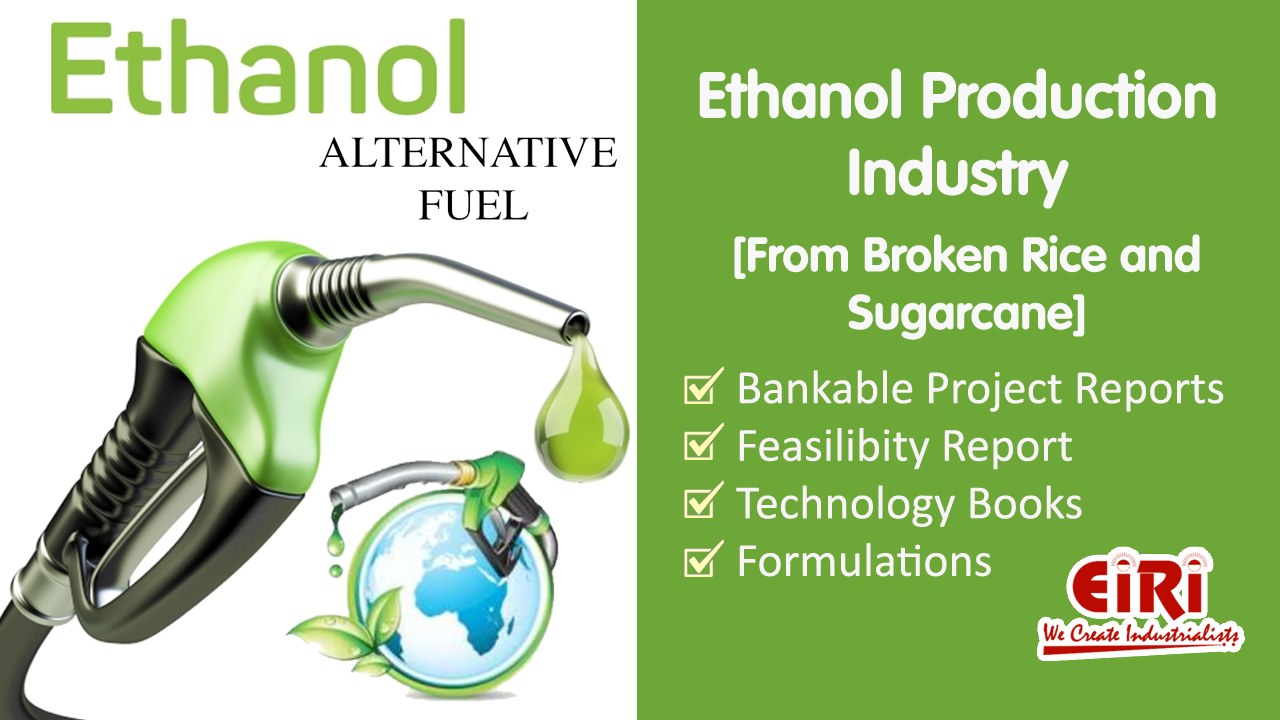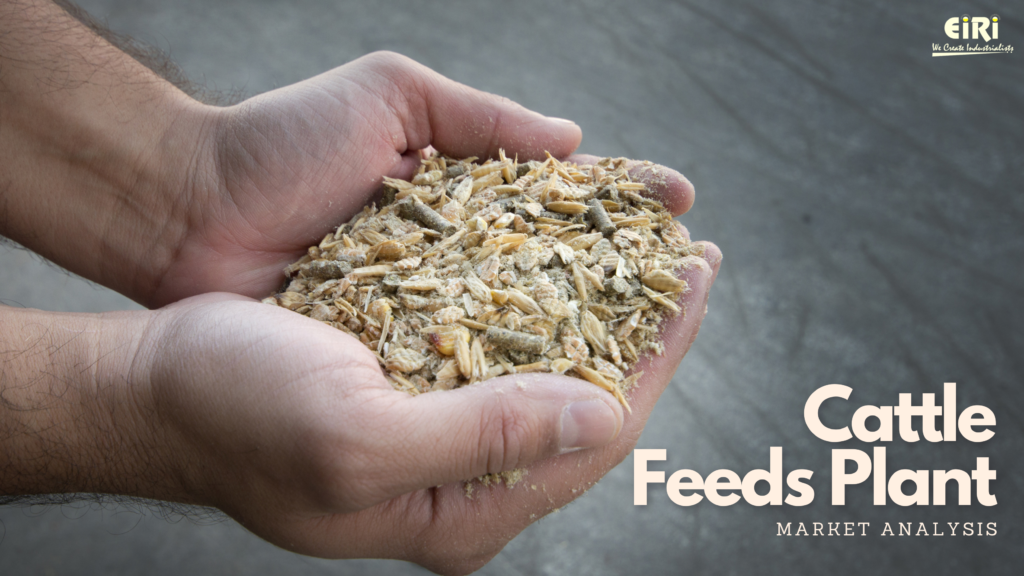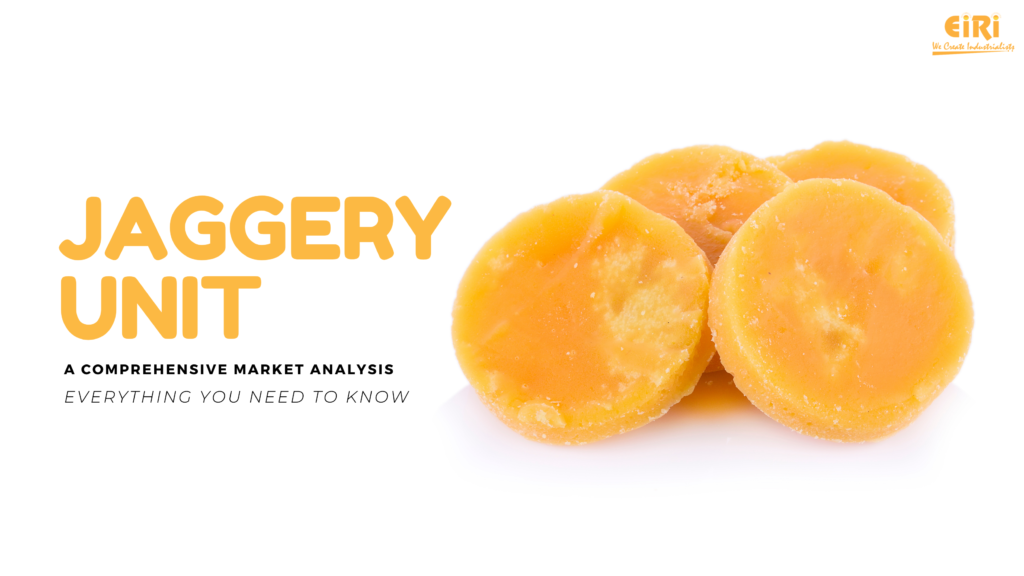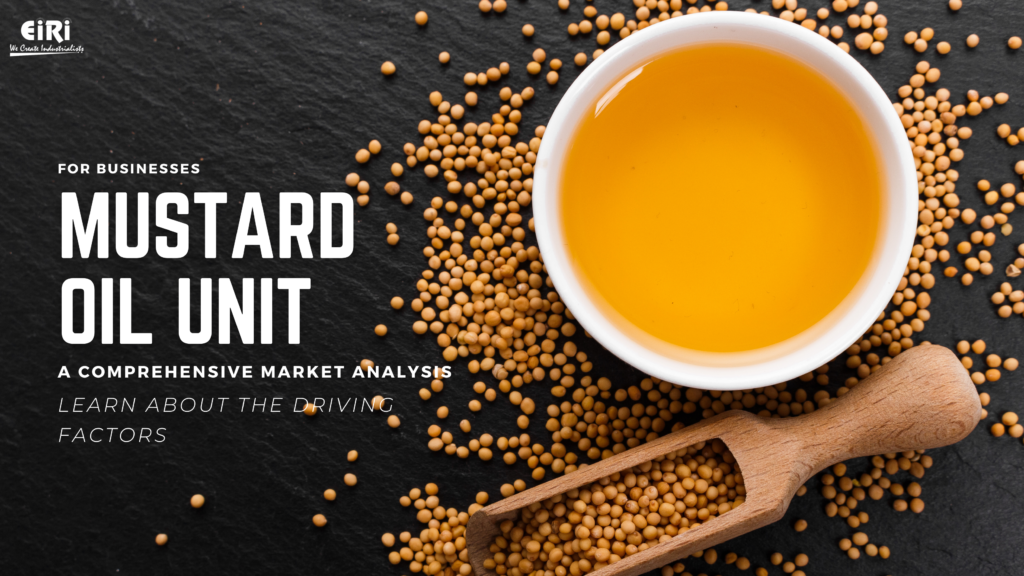Ethanol Production Industry [From Broken Rice and Sugarcane]
Making ethanol using sugarcane is a process starting with the cane stalks crushing for sugar-rich cane juice. As they pass the crusher, cane juice is collected and allowed to ferment in a tank. The yeast reacts and generates ethanol. On the other hand, ethanol production from broken rice is to degrade rice effectively into xylose and glucose.
The global ethanol market size is expected to be worth around USD 155.6 billion by 2030 from USD 93.7 billion in 2020, growing at a CAGR of 5.2% from 2021 to 2030. Increasing usage of ethyl alcohol as biofuel is major factor driving growth of the ethanol market.
Process of Manufacturing
The starch bioconversion is from the rice into ethanol as a two-step process.
- The first step is when the starch is converted using an amylytic microorganism into sugar or using enzymes such as α-amylase and glucoamylase. This step is known as scarification.
- The second step is the fermentation that allows sugar to convert into ethanol. The use of amyl lytic yeasts is for starch direct fermentation as an alternate to the multistage traditional process offering poor economic feasibility. There are more than 150 amyl lytic yeast species and due to low ethanol tolerance, it is restricted for industrial use.
First grains are mashed and crushed and using water. It is then boiled for scarification so that the filter separates the sugar available. In the second step, the yeast is added for fermentation and is kept for 4 days. You may separate the produced ethanol in the distillation tower by distillation. The distilled ethanol is dehydrated, while the commercial enzymes and cello biases are provided by Novozymes. They use the Bakers yeast of the commercial grade.
Ethanol is widely used in alcoholic beverages and the majority is used as fuel is produced by fermentation. Certain yeast species metabolize in reduced-oxygen conditions the sugar and they produce carbon dioxide and ethanol.
Fermentation is culturing the yeast process under thermal favorable conditions to manufacture alcohol. The ethanol toxicity to yeast restricts the concentration of ethanol available by brewing. Thus, obtainable ethanol is used for distillation or fortification.
Global Requirement
Adding methanol to ethanol is of immense use in chemical industries, and household chores domestic burners. The ethanol consumption is lethal, inducing sleep. These are the properties hindering market growth and pose challenges. The Indian ethanol market is categorized into molasses and sugar-based ethanol, while there are grain-based, mixed grains, and sugarcane ethanol. The market has been categorized into industry fuel, solvent, beverages; fuel additive, personal care, disinfectant, and fragrance & flavoring. The market is segmented into undenatured and denatured. The emphasis of the Government is on the production of ethanol from solid waste and biomass so that it is a key source to produce ethanol in the future.
Ethanol Market
Ethanol is extensively used as a fuel additive or fuel in the automotive industry. The demand is increasing in the global market for ethanol. The market for ethanol is witnessing fast growth in the past decade that the biofuel is receiving rapid funding. It is because biofuel is an eco-friendly substitute for gasoline. Nevertheless, ethanol reduces carcinogen and other emissions by 70%. It appears that with rising prices of other raw materials, the need for growing the ethanol market is high.
Project Report On Ethanol From Broken Rice
Project Report on Ethanol From Broken Rice includes Present Market Position and Expected Future Demand, Technology, Manufacturing Process, Investment Opportunity, Plant Economics and Project Financials. Report provides a comprehensive analysis from industry covering detailed reporting and evaluates the position of the industry by providing insights to the SWOT analysis of the industry.
Click Here for Project Report on Ethanol From Broken Rice
Handbook on Technology Of Bio-Fuels (Ethanol & Biodiesel)

| The book ‘Technology of Bio-Fuels (Ethanol & Biodiesel) ‘ covers various methods including Bio-Fuels : Future Fuel, Marketing Strategies, Technology of Bio-Fuels, Ethanol-A Suitable Fuel, Bio-Fuel for Rural Employment, Advantages and Limitation of Bio-Fuels, Bio-Fuel Resources of Energy, Jatropha, Network of Jatropha Oil for Biodiesel, Potential for Biodiesel, Production of Bio-Fuels, Biomass Energy Technology, Jatropha Based Biodiesel, Production of Biodiesel, Blending of Easters and Diesel, Storage of Biodiesel, Handling of Biodiesel, Analysis of Technologies with Reference to Indian Resources and Requirements, Properties of Biodiesel, Biodiesel Project Report, Glycerine, Cultivation of Jatropha, Types of Lands where it can grow tih Advantage and Potential of Plantation, Bio Gas Plant, Biodiesel from Algae, Processing Technology for Biodiesel from Jatropha Seeds, Tapioca Renewable Energy Source of Bio-Fuel for India, Preparation of Biodiesel from Jatropha circus, Biodiesel Production from Jatropha Circus (SVO) OIl, Gasification of Biomass and Waste, Biodiesel from Used Soya Oil, Characterization of vegetable oils for Biodiesel production, Process of Biodiesel Production, Liquid Fuels from Biomass and Urban Waste, Ethanol (Bio-Fuel). The book has been written for the benefit and to prove an asset and a handy reference guide in the hands of new entrepreneurs and well established industrialists. |




